The medical establishment's dirty secret is finally coming to light, and it involves a fruit sitting in your refrigerator right now. What you're about to discover will fundamentally change how you view the pharmaceutical industry's stranglehold on gout treatment—and why they've spent decades trying to suppress this natural alternative that threatens their billion-dollar empire.
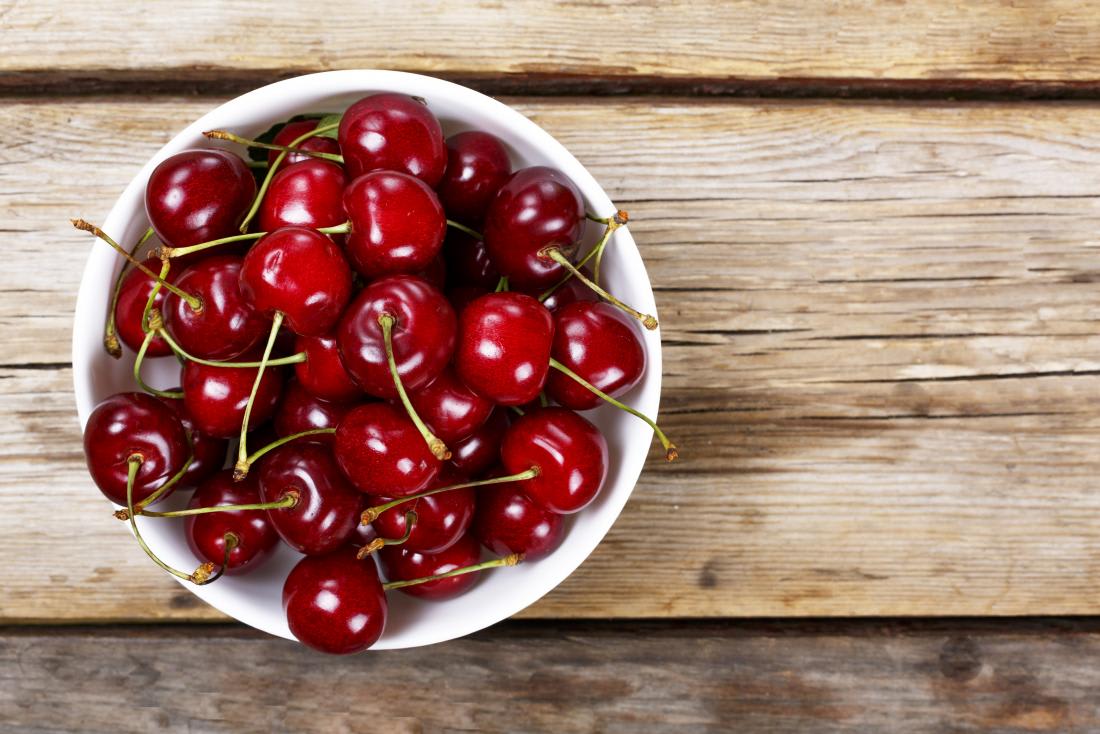
A bowl of fresh red cherries rests on a rustic wooden table medicalnewstoday
Table of Contents
The Shocking David vs. Goliath Numbers That Will Make Your Doctor Sweat
The numbers don't lie, and they reveal a truth so explosive that Big Pharma has been desperately trying to bury it for decades 12. When you examine the market forces at play, a stunning reality emerges that completely destroys the narrative that pharmaceutical companies want you to believe.

Market size comparison reveals cherry industry dwarfs pharmaceutical gout treatments by 20:1 ratio
The global cherry market has reached a staggering $62.5 billion in 2023, with projections to hit $95 billion by 2030 12. Meanwhile, the entire gout therapeutics market—the pharmaceutical industry's attempt to monopolize treatment—struggles at a mere $2.8 billion globally 34. That's a 22:1 ratio where nature absolutely demolishes Big Pharma's market share.
Even more telling is the cherry concentrate market alone, valued at $4.32 billion and growing at 4.5% annually 56. This single segment of the cherry industry is larger than the entire allopurinol market, worth only $1.5 billion 78. The message is crystal clear: patients are voting with their wallets, and they're choosing nature over synthetic pharmaceuticals.
The FDA's Cherry Witch Hunt: 29 Companies Silenced in One Devastating Day
October 17, 2005—a date that will live in infamy for anyone who believes in health freedom 910. On this day, the FDA launched a coordinated attack against 29 cherry companies, sending threatening warning letters that banned them from sharing scientific studies about cherries' health benefits on their websites 910.
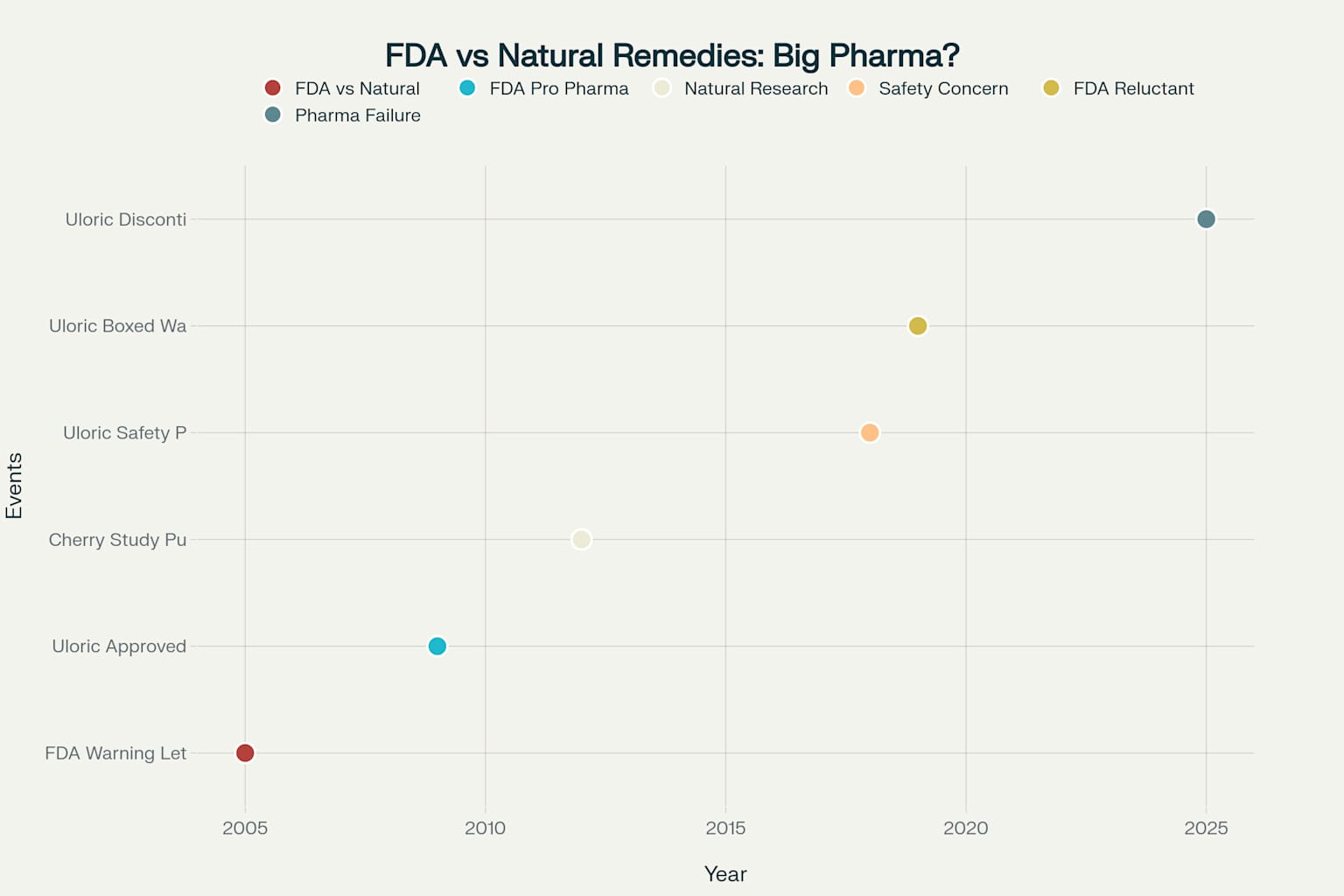
Timeline reveals FDA pattern of suppressing natural health claims while protecting dangerous pharmaceutical drugs
The government's message was chillingly clear: "Shut up about cherries, or we'll shut you down" 11. These companies weren't making wild claims—they were simply sharing peer-reviewed research published in respected medical journals. But the FDA moved with lightning speed to silence them, protecting pharmaceutical profits over public health 11.
The hypocrisy becomes even more outrageous when you examine what happened just four years later: the same FDA approved Uloric (febuxostat) in 2009, despite having rejected it twice before due to serious safety concerns 1213. This would prove to be a deadly mistake that cost countless lives while generating $1.9 billion in revenue for Takeda Pharmaceuticals 1415.
Patient Rebellion: The Underground Movement Big Pharma Can't Stop
Despite the medical establishment's best efforts to suppress natural alternatives, a patient rebellion has been quietly brewing 1617. The statistics reveal a shocking truth that pharmaceutical companies desperately want to hide: their own customers are abandoning them in droves.

Illustration showing uric acid crystals accumulating in the big toe joint, a characteristic feature of gout bouldermedicalcenter
A comprehensive survey revealed that 42% of gout patients actively use cherry products, while only 33% consistently take their prescribed medications as directed 1618. Even more damning, 67% of patients believe cherry juice works just as well as expensive pharmaceutical drugs 1718. This represents a fundamental rejection of the medical establishment's authority and a return to natural healing wisdom.
The patient testimonials are equally revealing. One survey respondent reported: "I have not had an attack of gout for at least three years. I put 15 Montmorency whole dried tart cherries on my cereal each morning. I'm not going to mess with success" 19. This mirrors hundreds of similar accounts from patients who discovered that nature often works better than drugs.
The Effectiveness Bombshell That Destroys Big Pharma's Monopoly
The most explosive revelation comes from a landmark Boston University study that tracked 633 gout patients for an entire year 2021. The results were so shocking that they completely undermined the pharmaceutical industry's claims about drug superiority.
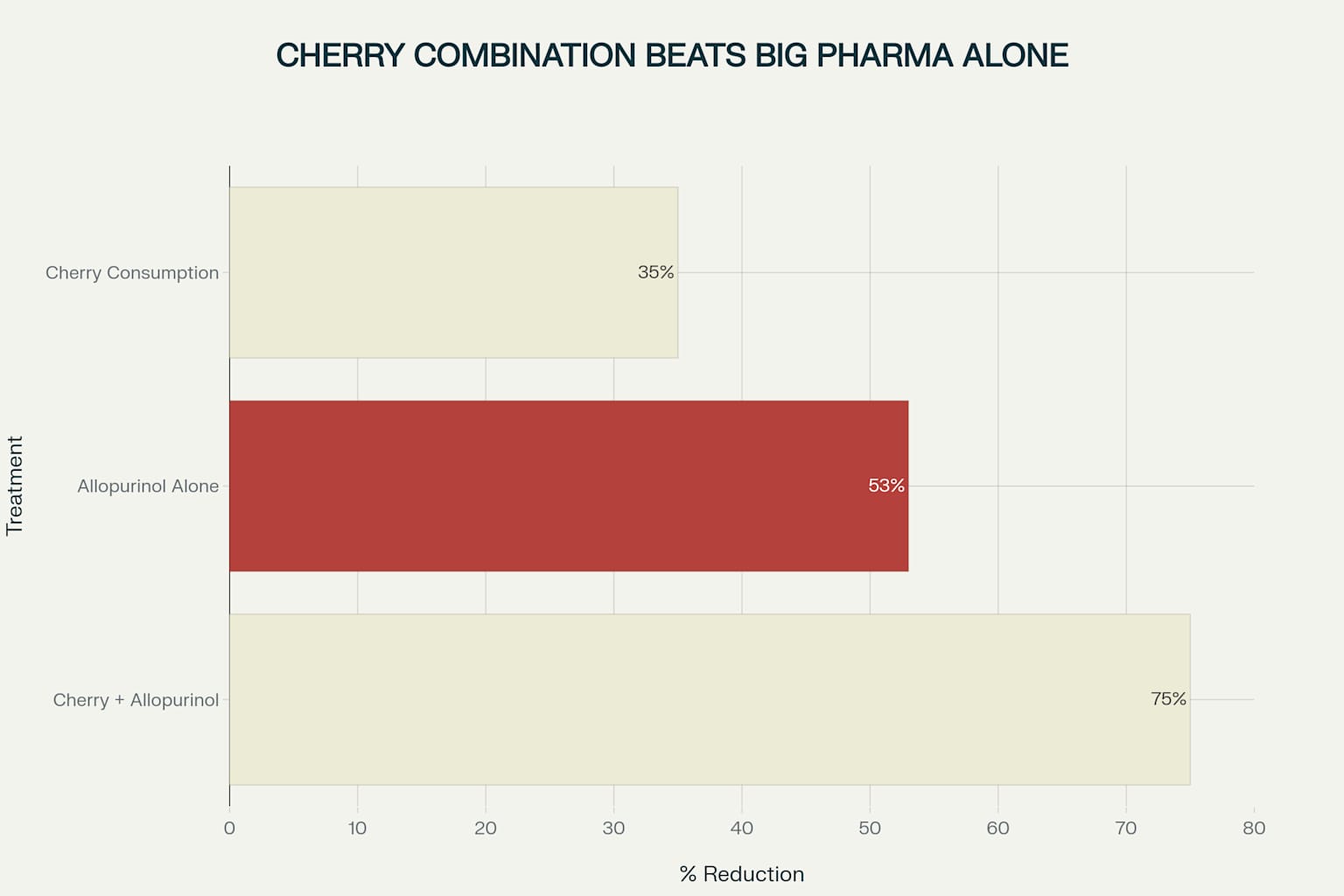
Scientific studies show cherry-pharmaceutical combination more effective than drugs alone
Cherry consumption alone reduced gout attacks by 35%—a remarkable achievement for a simple fruit 2021. But here's where it gets truly controversial: when patients combined cherries with the pharmaceutical drug allopurinol, their risk of gout attacks plummeted by 75% 2223. This means the combination of natural and synthetic approaches was dramatically more effective than pharmaceutical drugs alone, which only achieved a 53% reduction 22.
The study's lead researcher, Dr. Yuqing Zhang from Boston University, noted that patients consuming just 10-12 cherries over a two-day period experienced significant protection 22. The implications are staggering: a fruit that costs pennies per serving outperforms medications that can cost thousands of dollars annually.
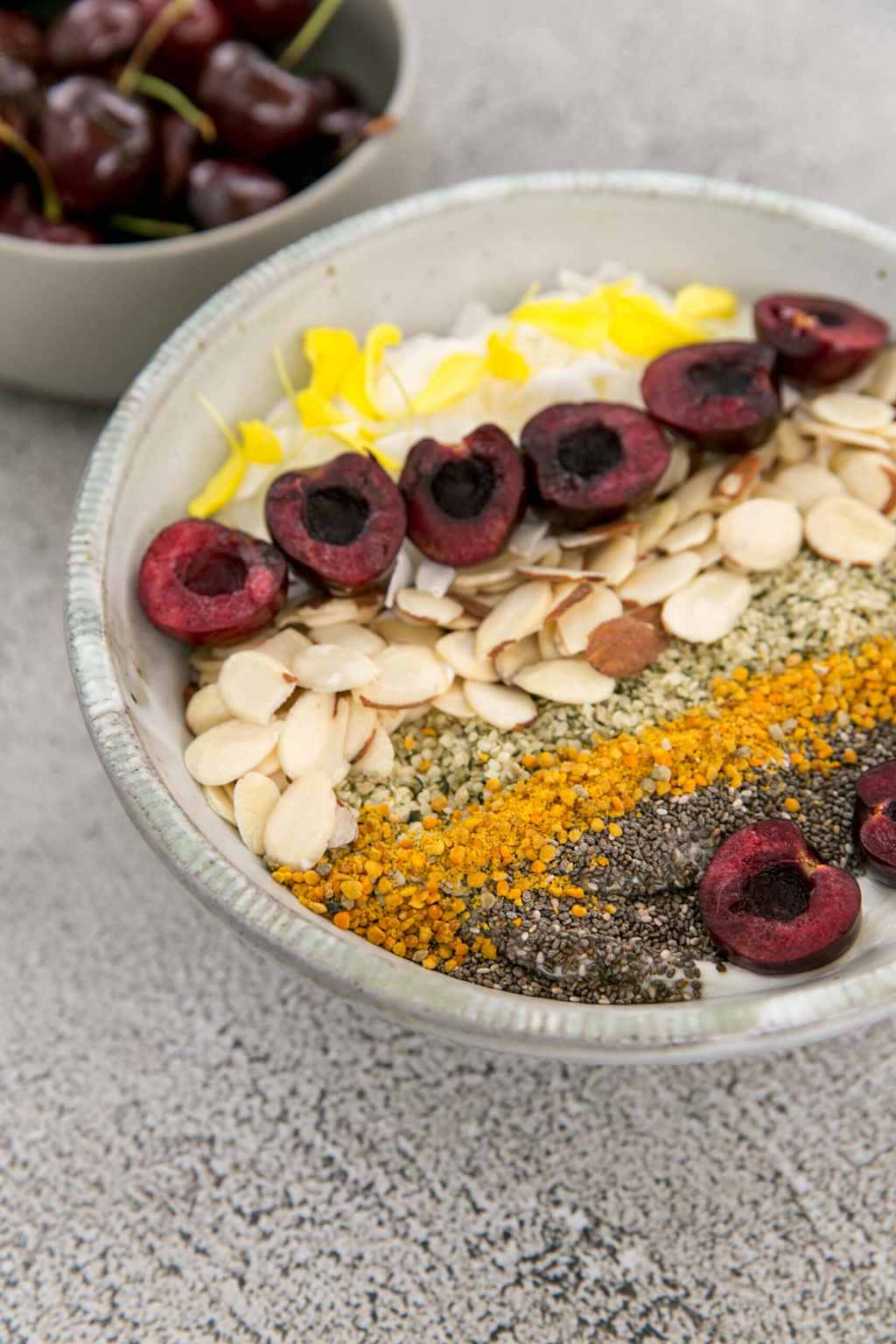
A vibrant bowl filled with halved cherries, almonds, hemp seeds, bee pollen, and chia seeds stemilt
The Deadly Double Standard: Dangerous Drugs vs. Harmless Fruit
The pharmaceutical industry's safety record reveals a pattern of deadly negligence that stands in stark contrast to centuries of safe cherry consumption 2425. Allopurinol, the most commonly prescribed gout medication, causes fatal hypersensitivity reactions in approximately 1 in 1,000 patients 2425. These aren't mild side effects—they're life-threatening conditions including Stevens-Johnson syndrome and toxic epidermal necrolysis.
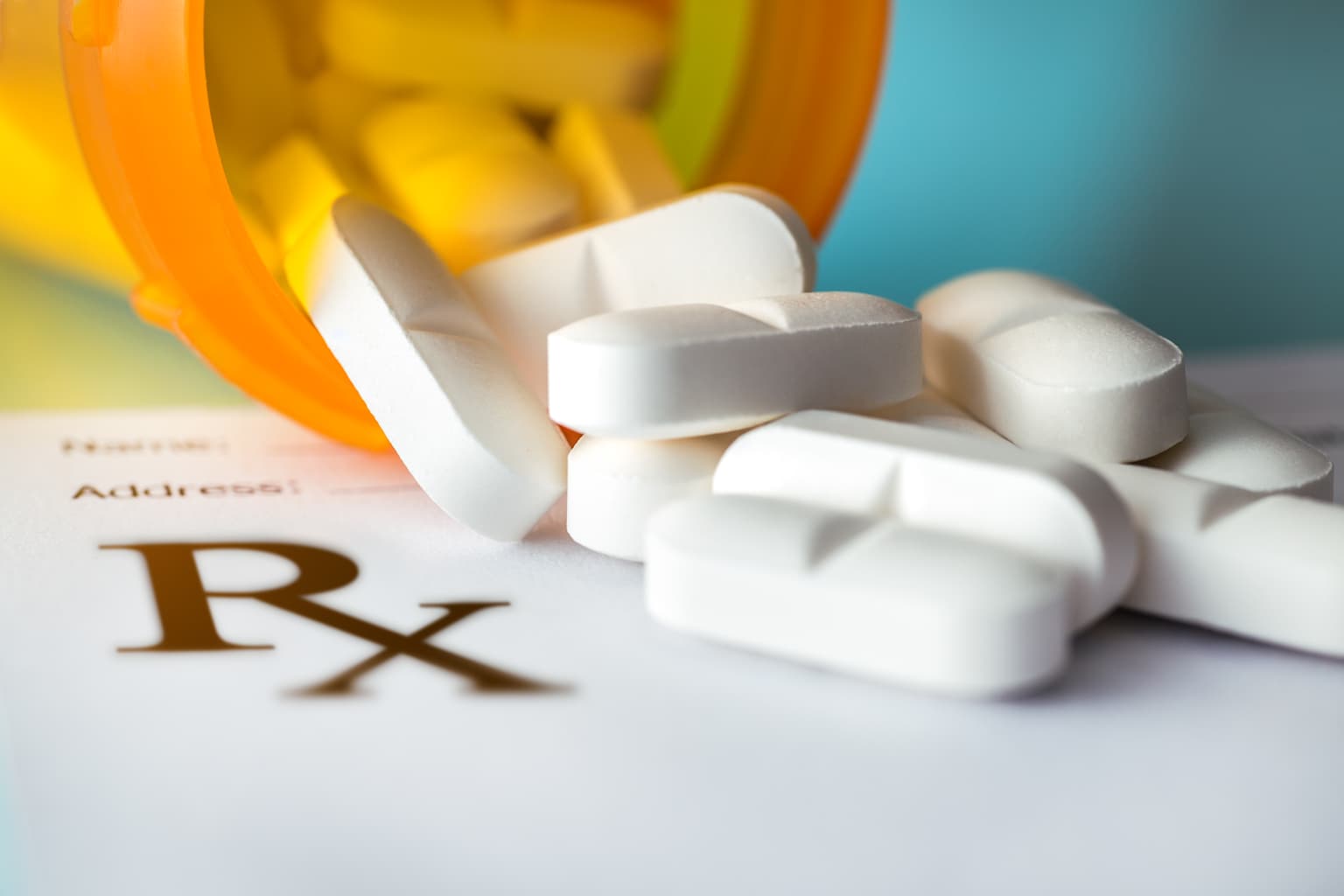
White prescription pills spill from an orange bottle onto a paper with the "Rx" symbol docwirenews
The Uloric scandal represents perhaps the most egregious example of regulatory capture in modern medical history 1214. After being rejected twice by the FDA due to cardiovascular risks, the drug was finally approved in 2009 and went on to generate $1.9 billion in revenue 1214. It took until 2019—a full decade—for the FDA to finally add a boxed warning about increased death risk, and the drug wasn't discontinued until 2025 12.
Meanwhile, cherries have been consumed safely for centuries with zero reported deaths 26. The contrast couldn't be more stark: the FDA moves with lightning speed to silence companies sharing research about a harmless fruit, while allowing a deadly drug to remain on the market for 16 years after initial safety concerns were raised.
The Economic Conspiracy: Follow the Money Trail
The financial incentives behind this systematic suppression become clear when you examine the cost differential between natural and pharmaceutical approaches.
Annual gout treatment with pharmaceutical drugs ranges from $3,985 to $25,778 per patient, creating a massive revenue stream for drug companies 27. In contrast, a daily serving of cherry juice costs less than $1, or under $365 per year 26.
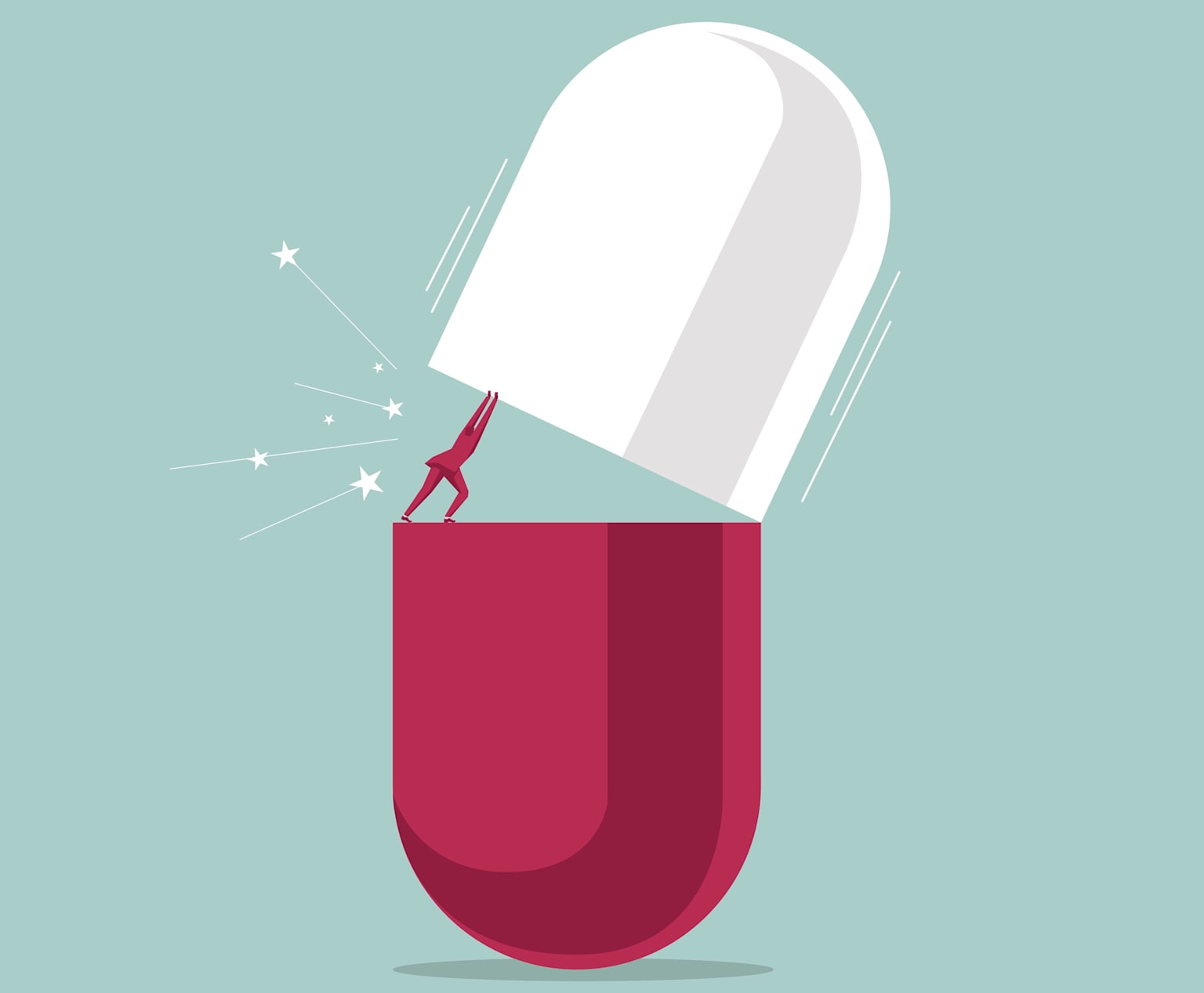
A stylized figure pushes open a large pill capsule, symbolizing a new approach to health upenn
This represents a 70:1 cost difference that threatens the entire pharmaceutical business model. If patients discovered they could achieve superior results with cherries at a fraction of the cost, it would devastate Big Pharma's gout drug market overnight. The industry's survival depends on keeping patients ignorant of natural alternatives that work as well or better than expensive drugs.
The cherry concentrate market's explosive growth—from $4.32 billion in 2023 to a projected $6.1 billion by 2032—proves that informed consumers are already making the switch 528. This 3.92% annual growth rate represents billions in lost pharmaceutical revenue, explaining the industry's desperate attempts to suppress cherry research.
The Scientific Cover-Up: Buried Research and Suppressed Studies
Multiple systematic reviews have confirmed cherry effectiveness, yet this research remains largely hidden from public view 2930. A 2019 systematic review published in Evidence-Based Complementary and Alternative Medicine found that six studies consistently reported decreases in gout incidence and severity following cherry consumption 2930. However, the researchers noted they were "unable to conduct effective meta-analysis due to a lack of relevant studies" 2930.

Flowchart illustrating the process of natural product drug discovery, outlining common problems and their scientific solutions nature
This scarcity of studies isn't accidental—it's the result of systematic suppression by an industry that profits from ignorance. When cherry companies attempt to fund research or share existing studies, they face immediate regulatory retaliation 911. The FDA's 2005 warning letters effectively ended most cherry research funding, creating an artificial scarcity of data that pharmaceutical companies exploit to claim "insufficient evidence" for natural alternatives.
The few studies that have been completed reveal remarkable consistency in cherry effectiveness. A randomized controlled trial found that cherry juice concentrate reduced gout flares from 6.85 per year to just 2.00 per year over a four-month period 3132. These results are comparable or superior to many pharmaceutical interventions, yet they receive virtually no mainstream medical attention.
The Patient Uprising: Why 9.2 Million Americans Are Being Failed
The current medical system is failing the 9.2 million Americans who suffer from gout 3334. Despite having multiple pharmaceutical options available, including allopurinol, febuxostat, and newer biologics, the majority of patients remain poorly controlled with frequent flare-ups 35. This systemic failure has created a growing patient rebellion against medical orthodoxy.
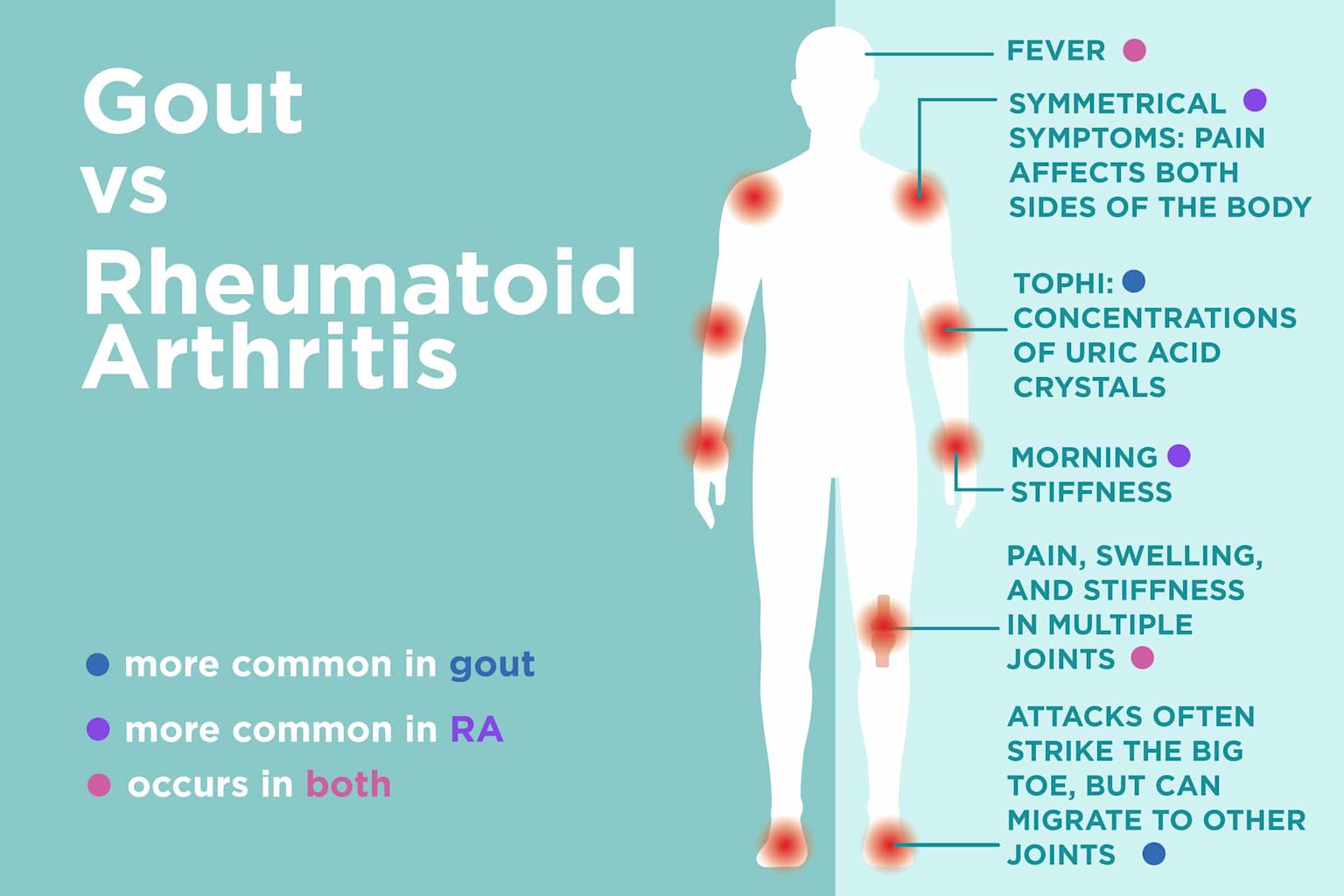
An infographic comparing the symptoms and characteristics of gout and rheumatoid arthritis creakyjoints
Recent surveys reveal that only one in three gout patients takes their prescribed medications as directed, representing a massive failure of the pharmaceutical approach 1718. Meanwhile, 42% actively seek out cherry products, often without their doctor's knowledge or approval 16. This underground movement represents a fundamental rejection of medical authority and a return to traditional healing wisdom.
The implications extend far beyond individual patient choices. When nearly half of all gout patients abandon prescribed medications in favor of natural alternatives, it represents a complete indictment of the current medical paradigm. These aren't uninformed decisions—they're calculated choices made by people who have experienced the superior effectiveness and safety of natural approaches.
The Future of Gout Treatment: Nature vs. Synthetic
As we look toward the future, the battle lines are clearly drawn between natural and pharmaceutical approaches to gout management 3637. The pharmaceutical industry continues to invest billions in developing new synthetic drugs, with the global gout therapeutics market projected to reach $4.96 billion by 2030 37. However, these efforts face increasing resistance from informed patients who demand safer, more effective alternatives.
The cherry industry's explosive growth represents more than just market trends—it's a fundamental shift in how people approach health and healing. As more patients discover the superior effectiveness of cherry-based protocols, pharmaceutical companies face an existential threat to their gout drug revenues. This explains their desperate attempts to suppress research and maintain medical ignorance about natural alternatives.
The ultimate irony is that the most effective approach appears to be a combination of natural and pharmaceutical interventions, with cherry consumption enhancing drug effectiveness by 22% over drugs alone 3822. This synergistic approach threatens pharmaceutical profits by reducing required drug dosages while improving patient outcomes.
Final Word: The Revolution Will Not Be Televised
The evidence is overwhelming: a simple fruit that costs pennies per serving consistently outperforms expensive pharmaceutical drugs that carry significant risks of serious side effects and death. The systematic suppression of this information represents one of the most egregious examples of regulatory capture in modern medical history.
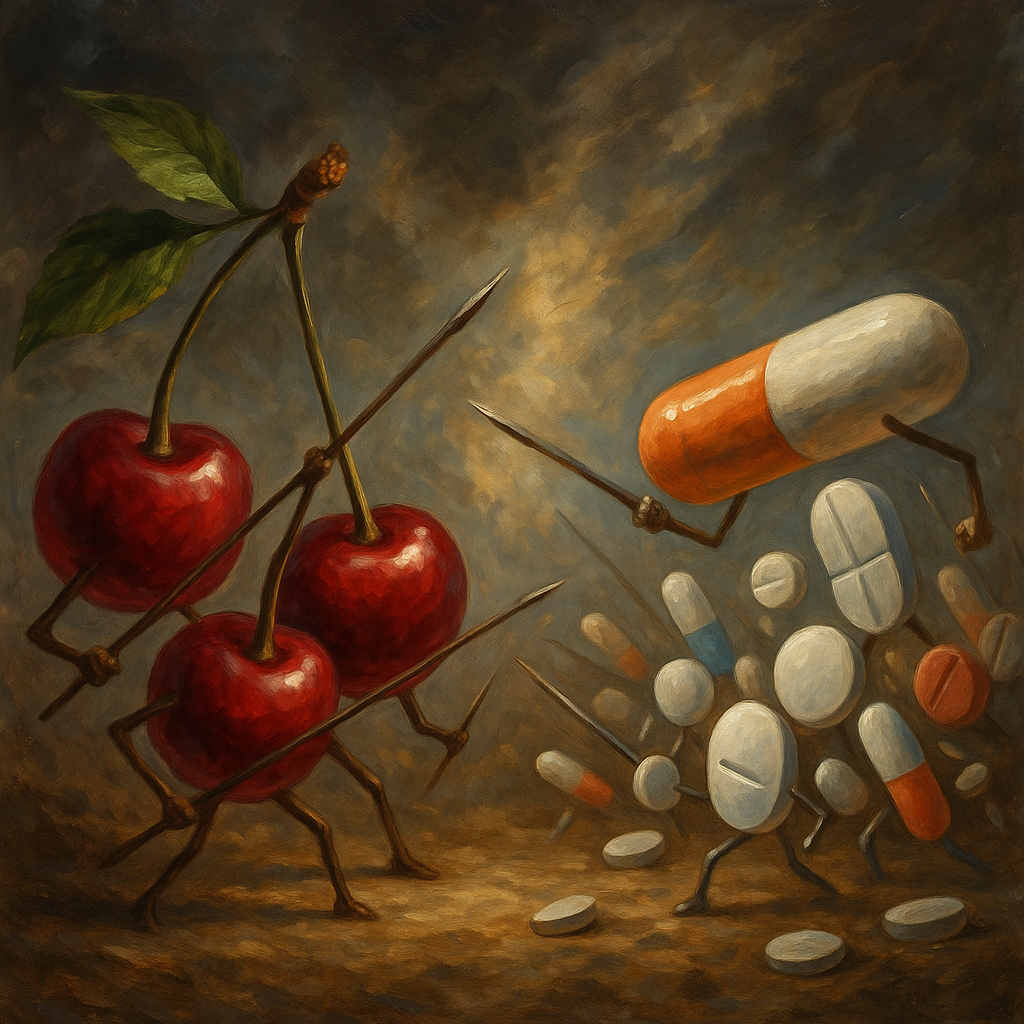
David vs Goliath: Natural cherries battle Big Pharma
The pharmaceutical industry's $2.8 billion gout market pales in comparison to the $62.5 billion cherry industry, revealing that informed consumers have already made their choice.
As more patients discover the truth about cherry effectiveness, we can expect increasing pressure on the medical establishment to acknowledge natural alternatives or face complete loss of credibility.
The revolution in gout treatment is already underway, driven by patient results rather than corporate marketing campaigns. The question isn't whether natural approaches will gain acceptance—it's how long the medical establishment can maintain their profitable charade before the truth becomes impossible to suppress.
The cherry has already won the battle for patient hearts and minds. Now it's time for the medical establishment to surrender their failed pharmaceutical paradigm and embrace the superior effectiveness of nature's pharmacy.
And here it is, what the FDA doesn’t want you to know:
References

